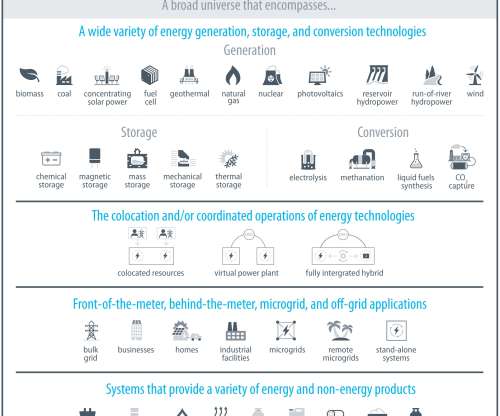Bloom Energy and Idaho National Laboratory to test use of nuclear generation to power solid-oxide electrolyzer for H2 production
Green Car Congress
MAY 19, 2021
Bloom Energy announced an agreement with Idaho National Laboratory (INL) to test the use of nuclear energy to produce clean hydrogen through Bloom Energy’s solid-oxide, high-temperature electrolyzer. First announced in July 2020, Bloom Energy’s electrolyzer converts water (or steam) into hydrogen and oxygen.





















Let's personalize your content